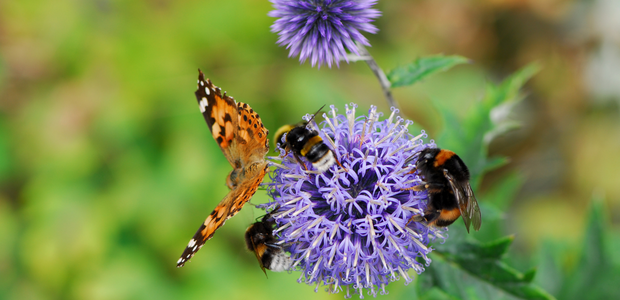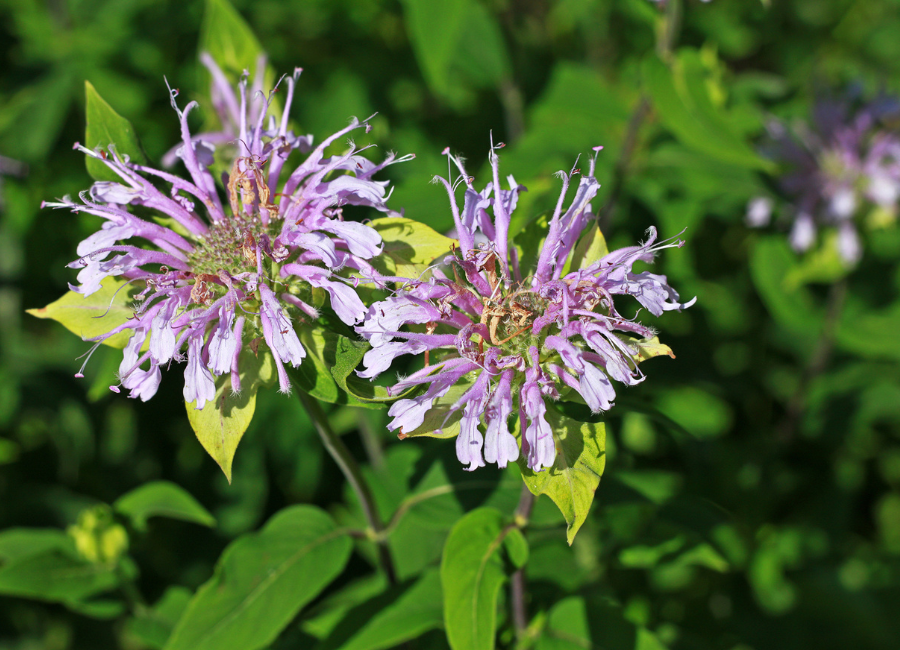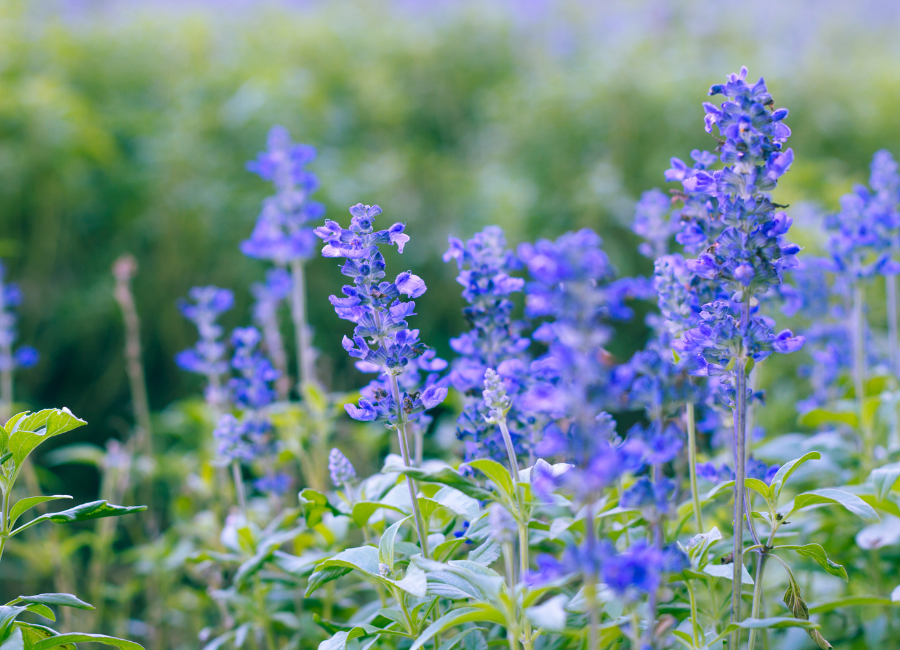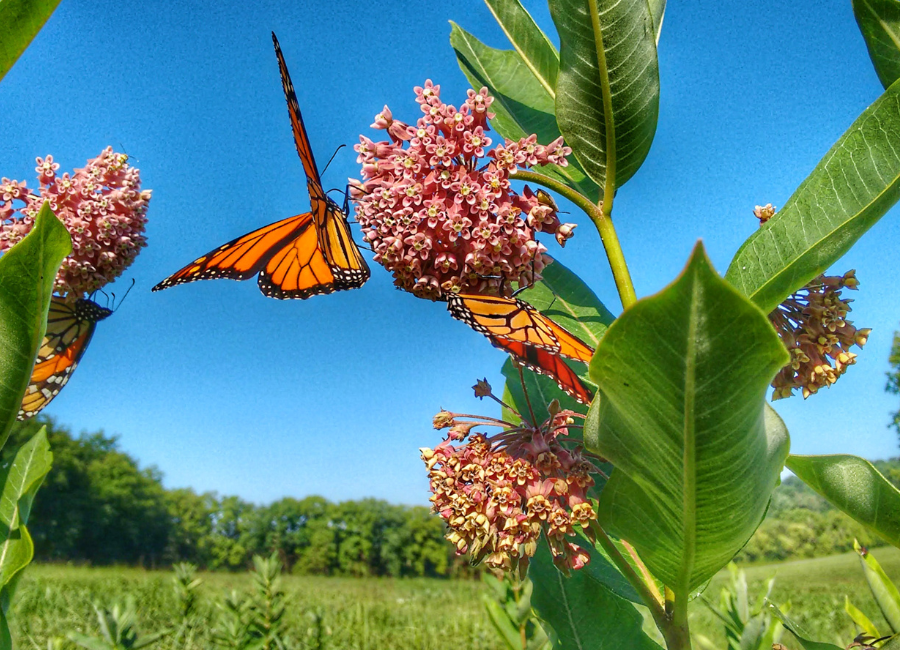
If your dream garden is a welcoming place buzzing with life, activity, bees hovering over flowers and butterflies finding a safe place to feed and rest, you are not alone. Creating a pollinator garden is actually easy: you can start small and add more helpful plants and other pollinator-friendly features gradually, as your time and resources allow. Inviting pollinators to your garden helps you grow your own veggies and fruits, while also providing living space to other creatures who are crucial to life on our planet.
Your pollinator garden does not even have to be somewhere in a separate corner of your property. Adding beneficial plants here and there, on the edges of your vegetable beds or along the walking path does not take much space but could really make a difference for pollinators visiting your garden. While some plants, like milkweed, can be toxic and are better kept farther away from edible gardens, lots of pollinator-friendly plants are harmless, and some of them can be great food for people, too!
How to start a pollinator garden
The easiest way to start a pollinator garden is to check what's already growing on your property and allow it to grow and spread a little more. For example, if you mow around a small patch of white clover, chances are you will eventually have more than one patch, and pollinating insects love clover! Of, if you are noticing small purple blossoms around you garden in early spring, it could be henbit deadnettle attracting first bees and butterflies with its sweet nectar.
Some herbs commonly grown by people for their own consumption can be also delicious food for pollinators and their caterpillars. Dill tastes great in lots of dishes, but its leaves are also loved by swallowtail caterpillars. Mint and lemon balm make aromatic tea, while attracting pollinators to their flowers. Growing plants that people and pollinators can share is another simple way of welcoming beneficial insects to your garden.
Plants to choose
If you would like to grow plants which specifically benefit pollinators in your garden, you could start with a few common ones that will not need much care and are tolerant to different weather and soil conditions.

Wild bergamot (Monarda fistulosa), which may be commonly known as bee balm, is a beautiful decorative perennial plant. It preferrs sunny spots and tolerates various types of soil. It attracts different kids of bees, as well as predatory wasps. You can purchase a live plant or grow wild bergamot from seeds, which can be planted directly into the soil in spring.

Salvia, with its colorful bright blue blossoms, is constantly surrounded by buzzing bees and other pollinators. This hardy plant survives both blistering hot and soggy wet days. It keeps growing more flowers for months. There are different varieties of salvias, and most of them can be grown as perennials.

Milkweed (Asclepias spp.) is well-known as the only food source for monarch caterpillars, which require its leaves to survive. In addition, monarch butterflies, as well as many other types of pollinators, enjoy the nectar from its flowers. There are various species of milkweed, and it's best to plant the ones that are native to your area. Milkweed is toxic to people and pets, and can also become invasive, so it is best to plant it in its own designated space.
Resources
The Xerces Society for Invertebrate Conservation, in their own words, "is an international nonprofit organization that protects the natural world through the conservation of invertebrates and their habitats." Pollinator conservation is one of their main areas of work. They have programs in different parts of the world, and you can find lots of useful information about pollinators and preserving their habitats on the website.
North American Butterfly Association helps find all the information you need to create a butterfly habitat in your garden. You can find a list of plants local to your area, which provide not only food for adult butterflies but also for their growing caterpillars. The best part is, you can join NABA's certification program and get your garden certified as a butterfly habitat! You can display a beautiful sign in your garden and help educate others about the value of attracting pollinators to your area.
Our blog Mint and Moment is a first-hand account of our family's journey towards sustainable living, pollinator-friendly gardening and plant-based cooking. Share your experience and connect with us!